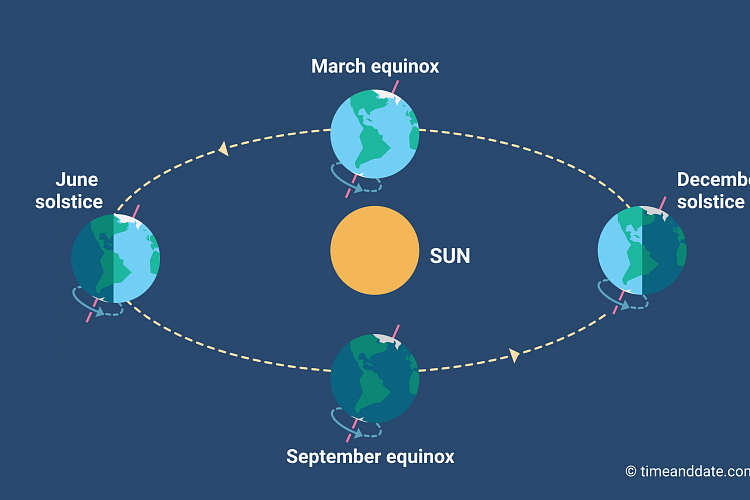
https://www.almanac.com/content/first-day-fall-autumnal-equinox
Today, on September 22, 2022, the day and night are almost equal in most locations. Here are 10 facts about the first day of astronomical fall (autumn) in the Northern Hemisphere.
https://www.timeanddate.com/calendar/facts-about-september-equinox.html
Equinoxes are opposite on either side of the equator, so the autumnal (fall) equinox in the Northern Hemisphere is the spring (vernal) equinoxin the Southern Hemisphere and vice versa.

https://www.abc.net.au/news/science/2017-09-01/seasons-and-their-changes-explained/8858776
The seasons are a function of the Earth's tilt.
Some parts of the polar regions are so consistently cold — and the tropics so hot — they could pass for having only one season.
Even the sunniest Antarctic day is as cold as winter in most places. This is because the light reaching the bottom of the planet is at such a low angle it doesn't carry much heat.
On the other hand, the tropics are consistently hot. It doesn't matter if they're tilted towards or away from the Sun, they're still closer to it than anywhere else on Earth and they get plenty of direct light and heat.
But both places have two distinct seasons.

In the polar regions, the main difference comes down to the amount of daylight. During 'summer', the whole area is tilted towards the Sun and flooded with sunlight. Daytime at the poles lasts for half the year.
And the polar night lasts almost as long — making for one very long, dark winter.
In the tropics, the difference between seasons is due to rainfall.
The wet is caused by a permanent belt of storm clouds around the middle of the planet that dumps huge volumes of rain on the land or sea below. Thanks to the tilt of the planet and some super-sized sea breezes, the storm belt doesn't stay in one place. During the northern summer, the hot air over the land rises, sucking the storm belt as far north as the Tropic of Cancer, doling out monsoons wherever it goes.